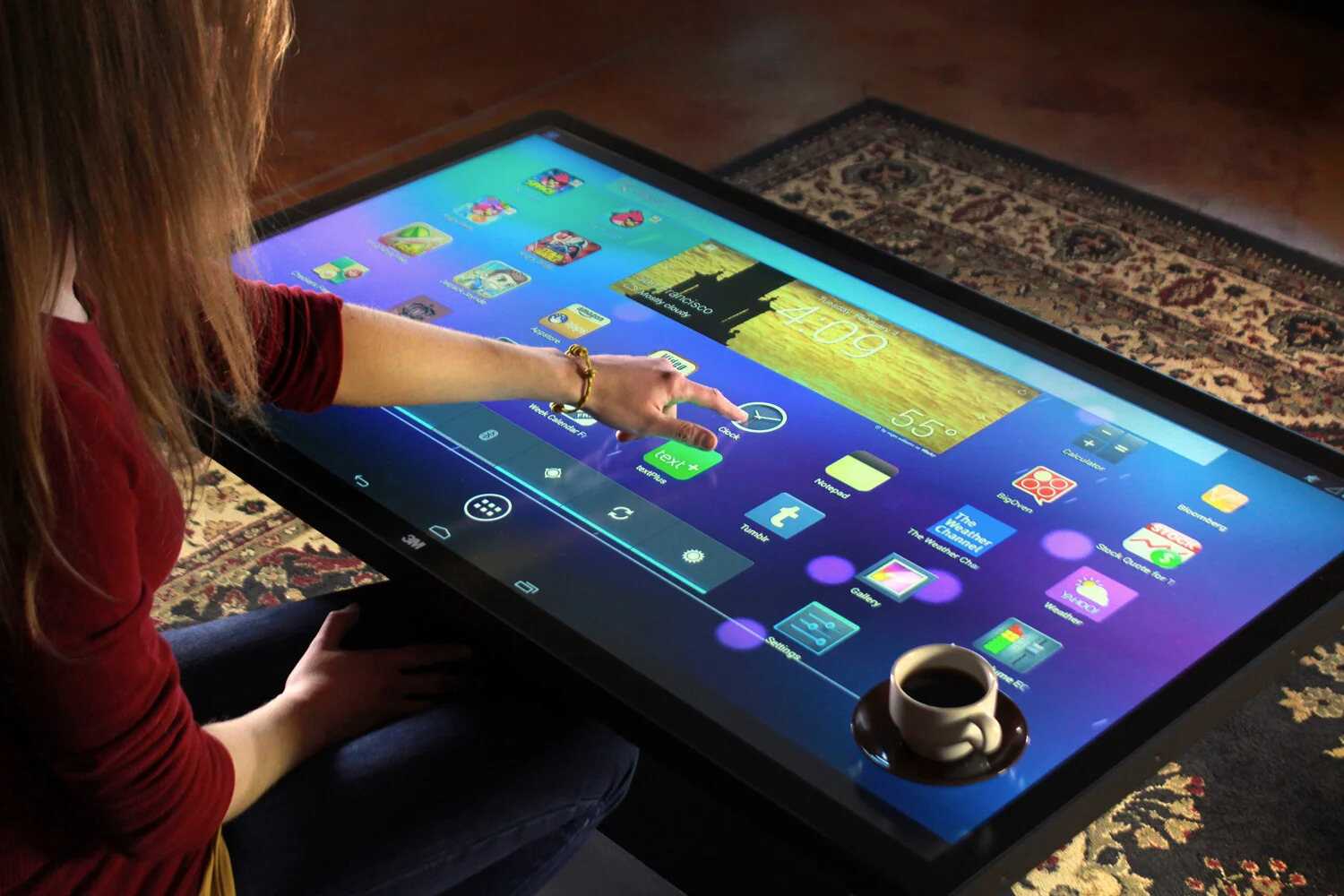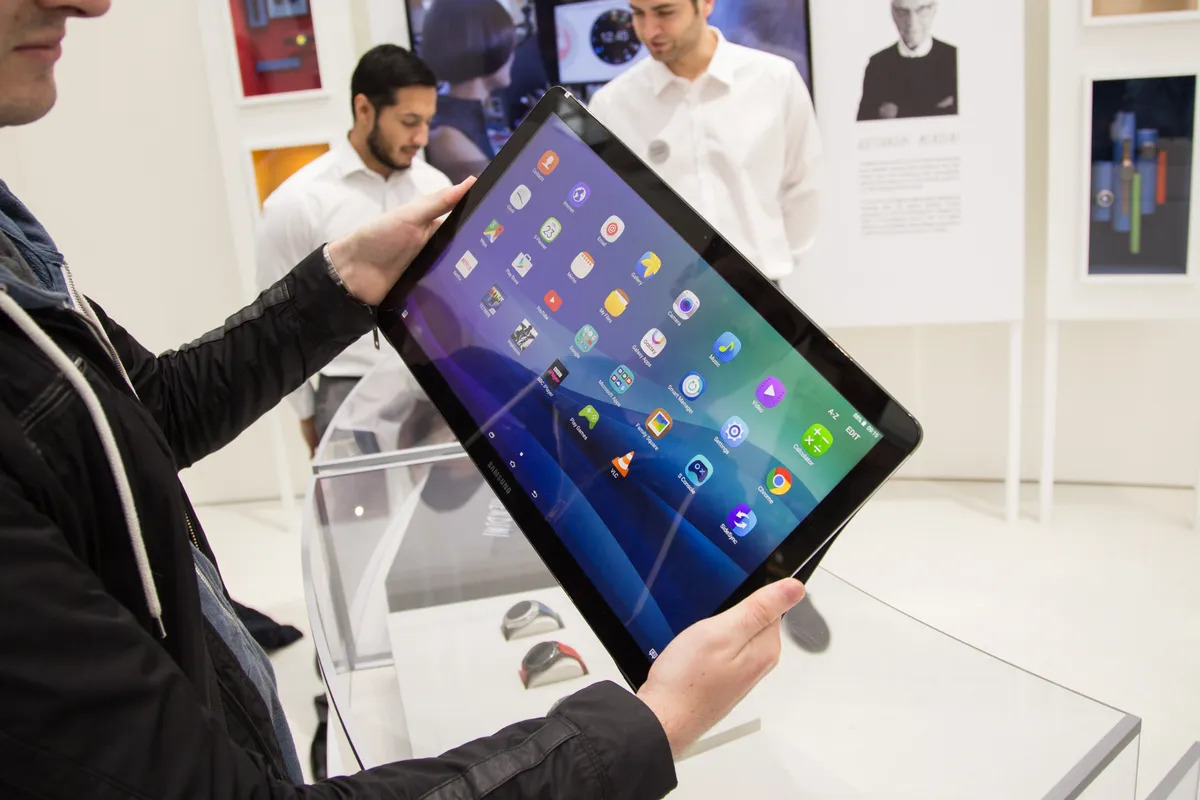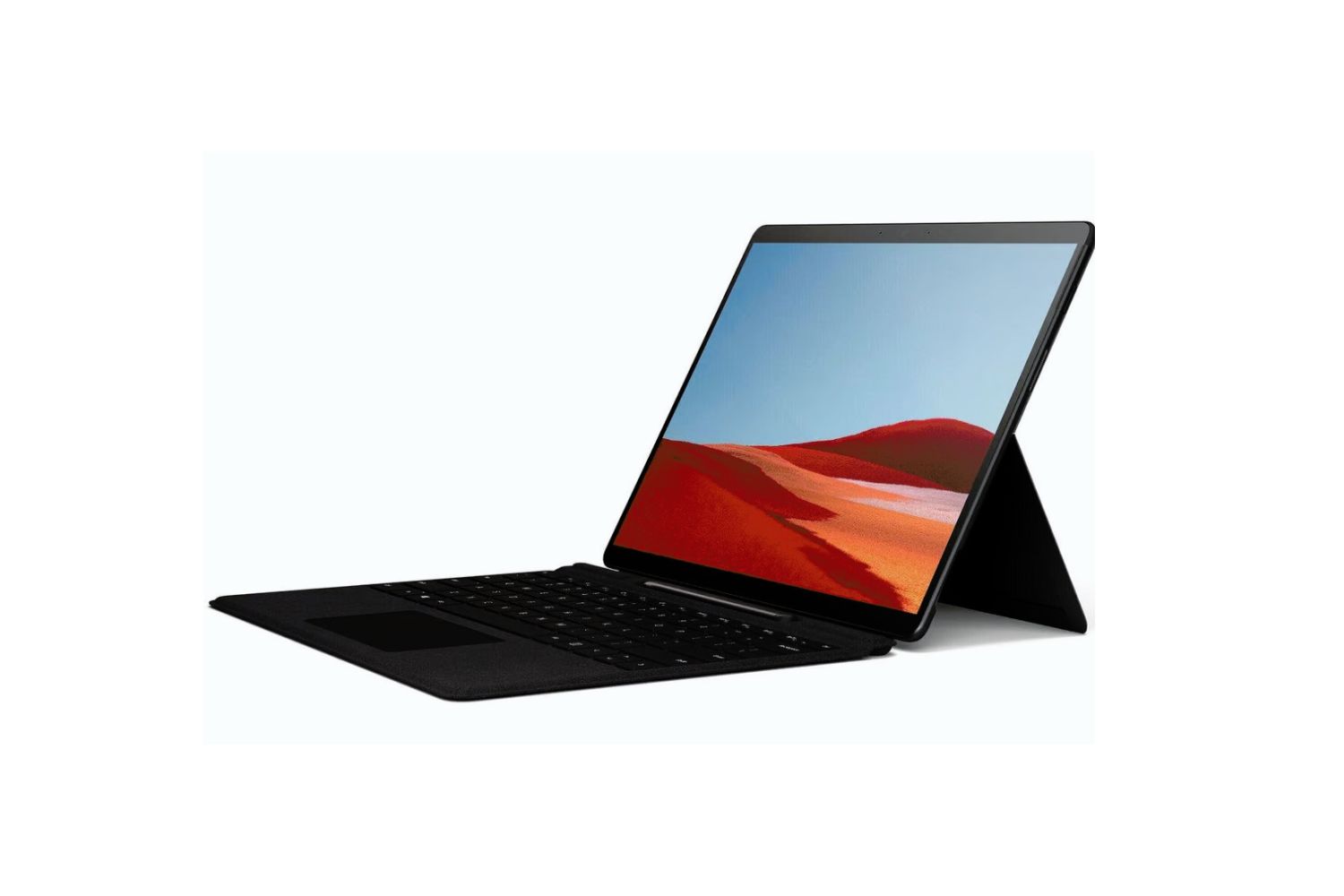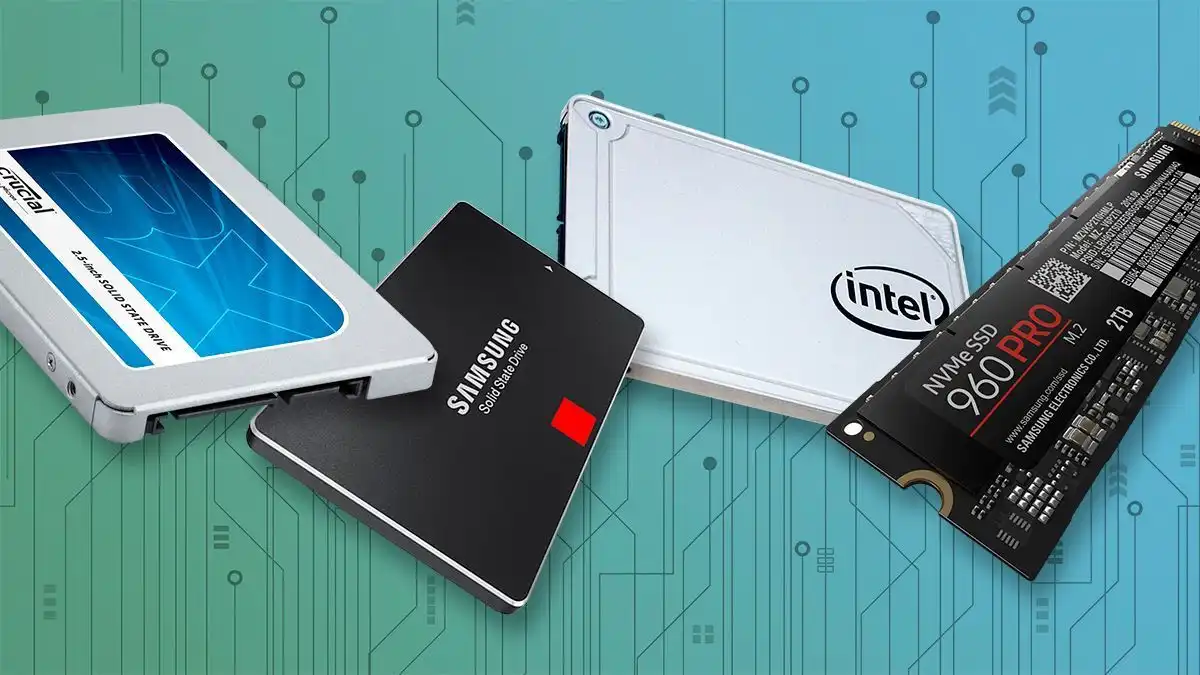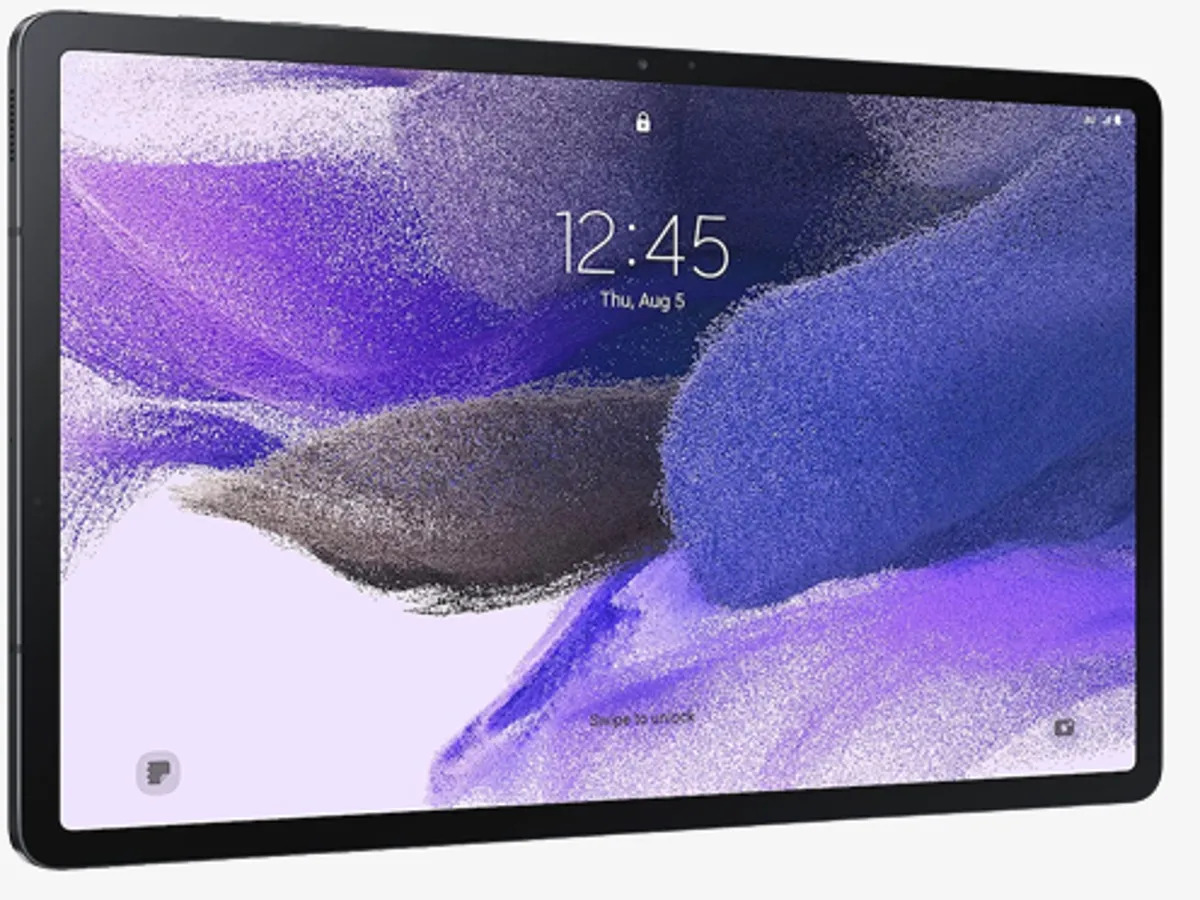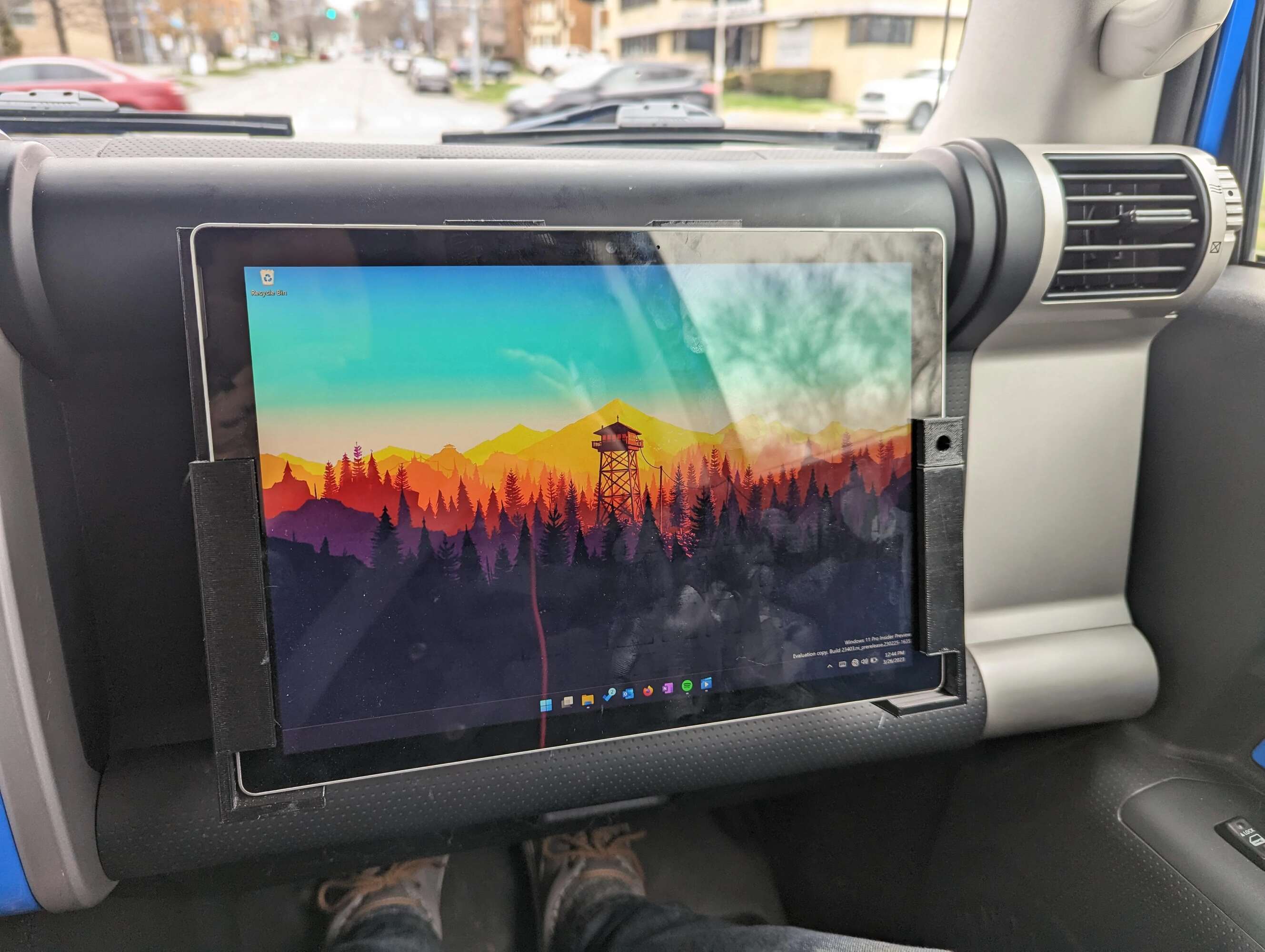Introduction
Tablets have become an indispensable part of our daily lives, offering a portable and versatile solution for work, entertainment, and communication. As technology continues to advance, tablets have evolved in terms of functionality and design. One crucial aspect of tablets that users often consider is their size. The size of a tablet can greatly impact its usability and overall experience.
When it comes to tablets, bigger isn’t always better, but it certainly has its advantages. Larger tablets offer a more immersive and enhanced viewing experience, making them ideal for multimedia consumption, graphic-intensive tasks, and multitasking. However, they also come with some drawbacks, such as increased weight and reduced portability.
In this article, we will explore the world of tablet sizes, focusing on the largest tablets available in the market. By understanding the benefits and drawbacks of large tablets, we will help you determine whether a large-sized tablet is the right choice for your needs. Let’s dive in and discover the world of large tablets!
Why Size Matters
When it comes to choosing a tablet, the size plays a crucial role in determining its usability and suitability for various tasks. The size of a tablet affects factors such as portability, display quality, and overall user experience. Whether you’re using a tablet for work, entertainment, or creativity, the size can significantly impact your productivity and satisfaction.
First and foremost, the size of a tablet affects its portability. Smaller tablets are more compact and lightweight, making them easier to carry around and hold for extended periods. They are ideal for on-the-go use, whether you’re traveling, commuting, or simply moving from one room to another. On the other hand, larger tablets may be bulkier and heavier, which can limit their portability and make them less suitable for constant mobility.
Another crucial factor influenced by tablet size is the display quality. Larger tablets typically offer a spacious screen real estate, enabling a more immersive and enjoyable viewing experience. Whether you’re watching movies, playing games, or working on graphic-intensive tasks, a larger display can enhance the details, colors, and overall visual appeal. Additionally, a bigger screen allows for more comfortable multitasking, as you can effortlessly split-screen apps or view multiple documents simultaneously.
Furthermore, the size of a tablet also affects the on-screen keyboard and input experience. Smaller tablets might have a cramped keyboard layout, making typing more challenging, especially for users with larger hands. On the other hand, larger tablets provide a more spacious keyboard, allowing for easier and more accurate typing. This is particularly important for individuals who rely on their tablets for productivity and extensive writing tasks.
Overall, the size of a tablet matters because it directly impacts its portability, display quality, and user experience. It’s essential to consider your specific needs and preferences when deciding on the ideal tablet size for you. Next, let’s compare the different tablet sizes available in the market.
Tablet Size Comparison
Tablets come in a variety of sizes, ranging from small and compact to larger and more spacious. Understanding the different tablet sizes available in the market can help you make an informed decision when selecting the right tablet for your needs.
The most common tablet sizes are typically categorized as small, medium, and large. Small tablets typically have screens measuring around 7 to 8 inches diagonally, making them highly portable and suitable for one-handed use. They are popular choices for e-reading, web browsing, and casual tasks on the go.
Medium-sized tablets usually range between 9 to 10 inches diagonally. They offer a good balance between portability and functionality, providing a decent screen size for multimedia consumption and productivity tasks. These tablets are often preferred by students, professionals, and those looking for a versatile device for work and play.
Large tablets, on the other hand, go beyond the 10-inch mark and can reach screen sizes of 12 inches or more. These tablets offer a spacious and immersive viewing experience, making them ideal for activities like graphic design, video editing, and gaming. The larger screen real estate allows for enhanced detail, better multitasking capabilities, and a more comfortable typing experience.
It’s important to note that the dimensions and weight of a tablet can also vary within each size category. Thinner and lighter tablets are generally more comfortable to hold, especially for extended periods or when using them in handheld mode.
In recent years, there has been a rise in convertible or 2-in-1 tablets. These tablets come with detachable keyboards or folding screens, providing the flexibility of using them as either a tablet or a laptop. These devices often offer larger screens to provide a more productive laptop-like experience.
With a variety of tablet sizes available, it’s essential to consider your specific needs, preferences, and usage patterns. Larger tablets are more suitable for those who prioritize multimedia consumption, productivity, and content creation, while smaller tablets excel in portability and single-handed usage. Now, let’s explore some of the largest tablets available in the market today.
Common Tablet Sizes
Tablets come in a range of sizes, each offering unique advantages and catering to different user preferences and needs. While there are variations within each category, let’s explore the most common tablet sizes available in the market today:
- Small Tablets: Small tablets generally have screen sizes between 7 and 8 inches diagonally. They are compact and highly portable, making them a popular choice for everyday tasks on the go. These tablets are ideal for e-reading, web browsing, social media, and casual gaming. They are typically lightweight and easy to hold with one hand, making them convenient for individuals who prioritize portability and single-handed use.
- Medium Tablets: Medium-sized tablets typically have screen sizes ranging from 9 to 10 inches diagonally. These tablets strike a balance between portability and functionality, offering a larger display for multimedia consumption, productivity tasks, and creative endeavors. They are popular choices among students, professionals, and individuals who want a versatile device for work and entertainment. Medium tablets provide more screen real estate for enhanced web browsing, document editing, and gaming experiences compared to their smaller counterparts.
- Large Tablets: Large tablets showcase screen sizes beyond 10 inches and can reach diagonals of 12 inches or more. These tablets are designed to provide a spacious and immersive viewing experience. They excel in tasks that require detailed graphics, multitasking capabilities, and a laptop-like experience. Large tablets are well-suited for tasks like graphic design, video editing, gaming, and watching movies. However, they tend to be bulkier and less portable than smaller and medium-sized tablets.
It’s important to note that there may be variations in dimensions and weights even within these size categories. Manufacturers are consistently innovating to introduce newer form factors and display technologies, aiming to enhance the user experience while maintaining a balance between size and usability.
When choosing the right tablet size, consider factors such as your intended usage, portability needs, and personal preferences. Larger tablets offer more screen real estate and enhanced capabilities, while smaller tablets prioritize portability and ease of use. Now, let’s explore some of the largest tablets available in the market today.
Largest Tablets Available
If you’re looking for a tablet with an expansive display, there are several options available in the market that offer larger screen sizes. Let’s explore some of the largest tablets available:
- Apple iPad Pro: The Apple iPad Pro boasts one of the largest tablet screens, with models available in 11-inch and 12.9-inch sizes. These tablets feature stunning Liquid Retina displays with ProMotion technology, offering smooth scrolling and responsive touch. The iPad Pro is known for its powerful performance, making it a popular choice for professional creatives and those looking for a robust tablet experience.
- Samsung Galaxy Tab S7+: Samsung’s flagship tablet, the Galaxy Tab S7+, features a massive 12.4-inch Super AMOLED display that delivers vibrant colors and deep blacks. This tablet combines a sleek design with powerful hardware, offering a premium experience for both productivity and entertainment. The Galaxy Tab S7+ supports the S Pen, further enhancing its versatility.
- Microsoft Surface Pro 7+: The Microsoft Surface Pro 7+ combines the portability of a tablet with the functionality of a laptop. It features a 12.3-inch PixelSense display and offers a range of configurations, including powerful processors and ample storage options. With its detachable keyboard and compatibility with the Surface Pen, the Surface Pro 7+ caters to professionals and creative individuals.
- Lenovo Tab P11 Pro: The Lenovo Tab P11 Pro sports an 11.5-inch OLED display with Dolby Vision support, providing stunning visuals for multimedia consumption. It offers a slim and lightweight design, making it easy to carry around. With its powerful Qualcomm Snapdragon processor and long battery life, the Tab P11 Pro is a well-rounded tablet for both work and play.
- Amazon Fire HD 10: The Fire HD 10 from Amazon features a 10.1-inch display and offers an affordable option for those seeking a larger tablet experience. While it may not have the same high-end specifications as some of its counterparts, the Fire HD 10 delivers decent performance and a robust ecosystem of Amazon services and apps.
These are just a few examples of the largest tablets available, each with its own set of features and capabilities. Before making a purchase, consider factors such as operating system preference, available apps, storage, processing power, and additional features like stylus support or detachable keyboards. It’s important to choose a tablet that aligns with your needs and provides the desired user experience.
Now that we’ve explored some of the largest tablets, let’s discuss the benefits and drawbacks of choosing a large-sized tablet.
Benefits of a Large Tablet
Opting for a large-sized tablet can offer a range of benefits that enhance your overall user experience. Here are some advantages of choosing a large tablet:
- Enhanced Immersive Experience: A larger tablet provides a more immersive viewing experience, especially when it comes to multimedia consumption. Whether you’re watching movies, playing games, or viewing photos, a larger screen size can enhance the details and colors, making the content more enjoyable and visually appealing.
- Expanded Workspace: Larger tablets offer more screen real estate, which translates to a larger workspace. This is particularly beneficial for professionals and creatives who require ample space for tasks like editing documents, browsing the web, or working on graphic design projects. The larger screen allows for better multitasking, as you can have multiple apps or documents open side by side.
- Improved Productivity: The additional screen space on a large tablet can significantly improve productivity. Whether you’re typing, organizing tasks, or creating content, a spacious keyboard and display make it easier to work efficiently and accurately. Large tablets also provide better visibility, reducing eye strain and enabling better focus on the task at hand.
- Optimal Gaming Experience: Gaming enthusiasts can benefit from a larger tablet as it provides a more immersive and enjoyable gaming experience. The expanded screen size allows for more detailed graphics, smoother gameplay, and a wider field of view. Whether you’re playing action-packed games or immersive RPGs, a large tablet can enhance your gaming sessions.
- Better Accessibility: Individuals with vision impairments or motor skills challenges may find a large tablet more accessible. The larger screen size makes it easier to read text, navigate interfaces, and interact with on-screen elements. Some larger tablets also offer features like split-screen functionality or the ability to adjust font sizes and accessibility settings, catering to different user needs.
It’s important to note that while large tablets offer these benefits, they may not be suitable for everyone. Factors such as portability, weight, and personal preferences should also be considered before making a purchase decision. Now let’s explore some of the drawbacks of opting for a large tablet.
Drawbacks of a Large Tablet
While there are numerous benefits to having a large tablet, it’s important to consider the drawbacks before deciding on the right tablet size for your needs. Here are some potential downsides to consider:
- Reduced Portability: Large tablets are typically heavier and bulkier than their smaller counterparts, making them less portable. Carrying around a large tablet may be less convenient, especially when on the go or during travel. If portability is a top priority, a smaller or more compact tablet may be a better choice.
- Awkward to Hold: Due to their size, larger tablets may be more challenging to hold for extended periods. Holding a larger tablet with one hand can be challenging, and using it for an extended time without a support stand or case can strain your wrists and arms. This may limit the usability and comfort, particularly if you prefer using your tablet in handheld mode.
- Higher Price Tag: In most cases, larger tablets tend to come with a higher price tag compared to smaller tablets with similar specifications. The larger display, improved performance, and additional features of larger tablets contribute to their higher cost. If budget is a major consideration, you may need to weigh the benefits and drawbacks to determine if a larger tablet is worth the investment for you.
- Less Port Compatibility: Larger tablets may have less compatibility with certain accessories or peripherals due to their unique dimensions. Cases, stands, and other accessories may be less readily available or have limited options to choose from. It’s important to consider the availability of accessories that may enhance your tablet usage, especially if you rely on specific add-ons for work or personal use.
- Inconvenient for On-the-Go Use: If you frequently use your tablet while commuting or in crowded spaces, a large tablet may be more cumbersome to handle and use in these situations. Small, compact tablets are often more convenient for quick tasks or casual use when you’re on the move.
Considering these drawbacks will help you make an informed decision when choosing the right tablet size that aligns with your needs, preferences, and usage patterns. Now, let’s explore who should consider a large tablet.
Who Should Consider a Large Tablet
While large tablets may not be suitable for everyone, there are specific groups of individuals who can benefit greatly from their larger screen size and enhanced capabilities. Here are some examples of who should consider a large tablet:
- Media Enthusiasts: If you enjoy watching movies, TV shows, or streaming content on your tablet, a large-sized tablet can provide a more immersive and enjoyable viewing experience. The larger screen allows for better detail, color accuracy, and a widescreen format that complements multimedia consumption.
- Creative Professionals: Graphic designers, video editors, and other creative professionals often require ample screen space to work on complex projects. A large tablet provides the necessary canvas for detailed editing, designing, and creating content. The additional screen real estate allows for precise input and better visibility of intricate details.
- Productivity-Oriented Users: Professionals who rely on their tablets for productivity tasks, such as working with spreadsheets, documents, or collaborating on projects, can benefit from the expanded workspace of a large tablet. The larger screen allows for better multitasking, improved readability, and enhanced efficiency when working on complex tasks.
- Gaming Enthusiasts: If gaming is a primary use of your tablet, a larger-sized tablet can offer a more immersive and engaging gaming experience. The larger display provides better visibility, allowing you to appreciate the details of game graphics and enjoy a wider field of view. Additionally, the increased screen size allows for more comfortable and precise controls while gaming.
- Individuals with Accessibility Needs: For individuals with vision impairments or motor skill challenges, a large tablet with a spacious screen can make it easier to read text, navigate interfaces, and interact with on-screen elements. The larger icons, fonts, and adjustable settings can improve accessibility and ensure a more user-friendly experience.
Ultimately, the choice of a large tablet depends on your specific needs, preferences, and usage patterns. Consider the type of tasks you’ll be primarily using your tablet for and assess whether the advantages of a larger screen outweigh the potential drawbacks in terms of portability and price. Finally, make sure to compare different tablet models and features to find the best fit for your requirements.
Conclusion
Choosing the right tablet size is a crucial decision when looking for a device that meets your specific needs. While larger tablets offer advantages such as enhanced viewing experiences, expanded workspaces, and improved productivity, they also come with drawbacks like reduced portability and higher price tags. It’s essential to carefully consider your usage patterns, preferences, and priorities before making a final decision.
Small tablets are ideal for those who prioritize portability, single-handed use, and casual tasks on the go. Medium-sized tablets strike a balance between portability and functionality, catering to a wide range of users, from students to professionals seeking a versatile device. Large tablets excel in providing an immersive viewing experience, spacious workspaces, and enhanced capabilities for tasks such as graphic design, video editing, and gaming.
Whether you’re a media enthusiast, creative professional, productivity-oriented user, gaming enthusiast, or an individual with accessibility needs, assessing your specific requirements will help determine if a large-sized tablet is the right choice for you.
Remember to consider factors like portability, weight, compatibility with accessories, and personal budget. By weighing the advantages and drawbacks, you can make an informed decision and select a tablet size that aligns with your lifestyle and fulfills your needs.
Whichever tablet size you choose, be sure to research different models, compare their specifications, and read user reviews to find the perfect tablet that provides a seamless and enjoyable user experience.







